Budapest’s public transport company BKV/BKK
One of Budapest’s most important roads to be renewed, here are the redevelopment plans
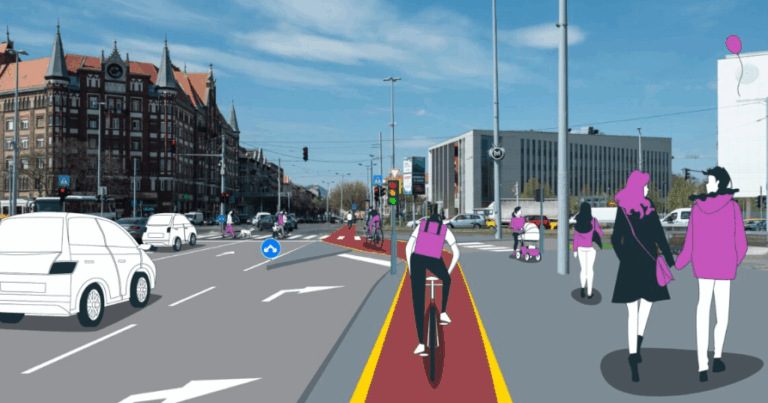
Attention, service change! Budapest metro to skip multiple stations next week!
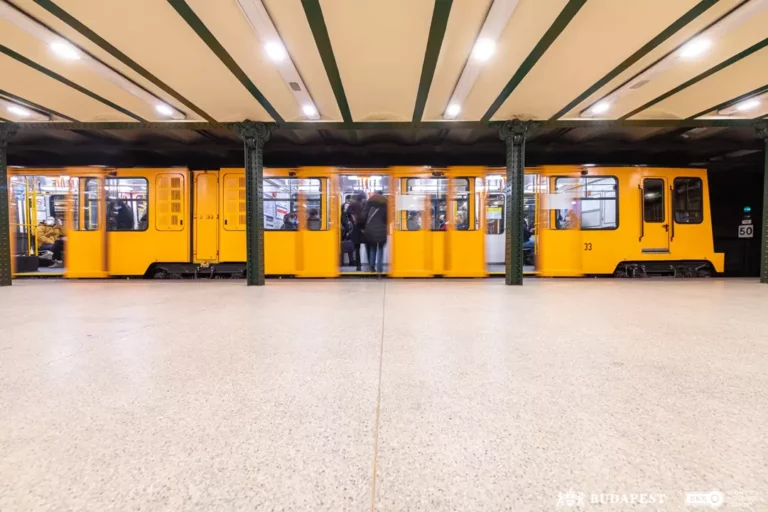
Attention: Budapest public transport schedule to change for Easter weekend and spring break
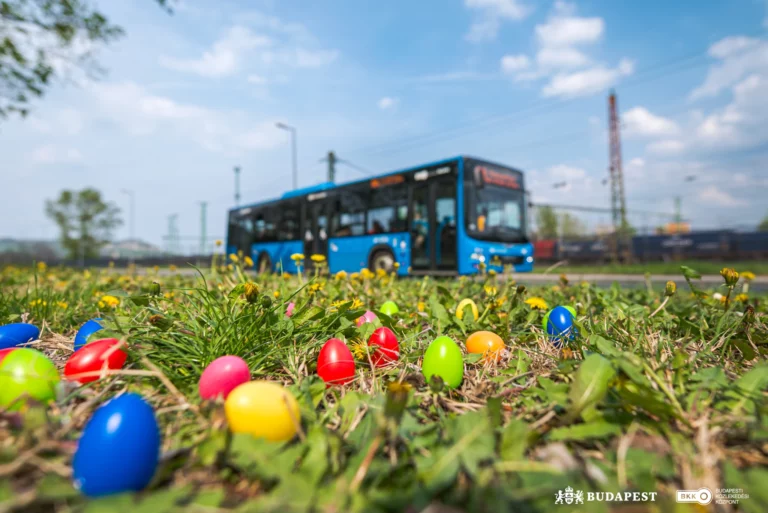
PHOTOS: New, modern trams travel across Europe to join Budapest’s public transport network
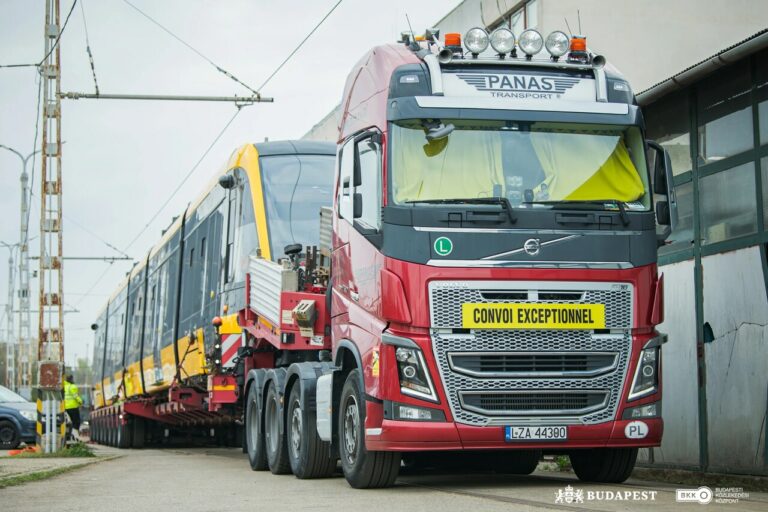
Attention! Here is how Budapest public transport prices will increase from 1 June
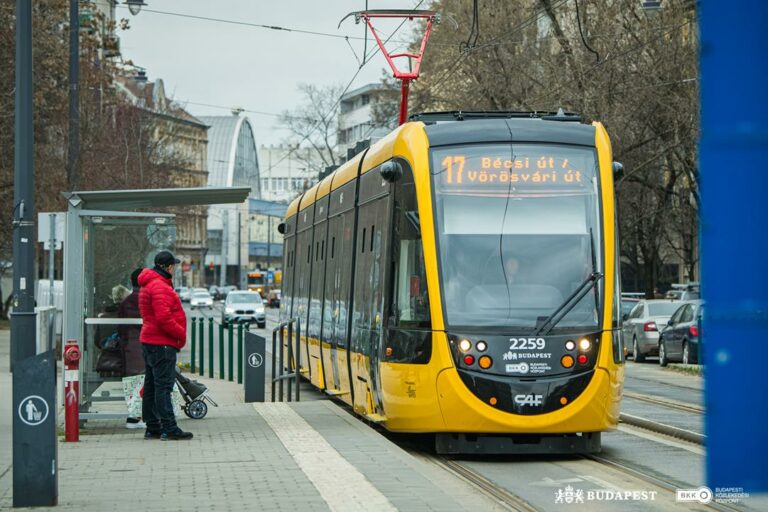
Budapest public transportation ticket prices to increase, new ticket for 100E airport express
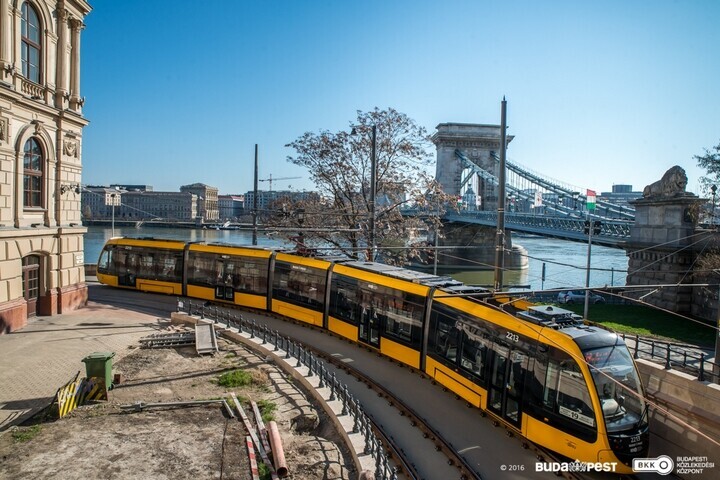
Important: Traffic and public transport changes in Budapest for Hungary vs. Türkiye match at Puskás Aréna today
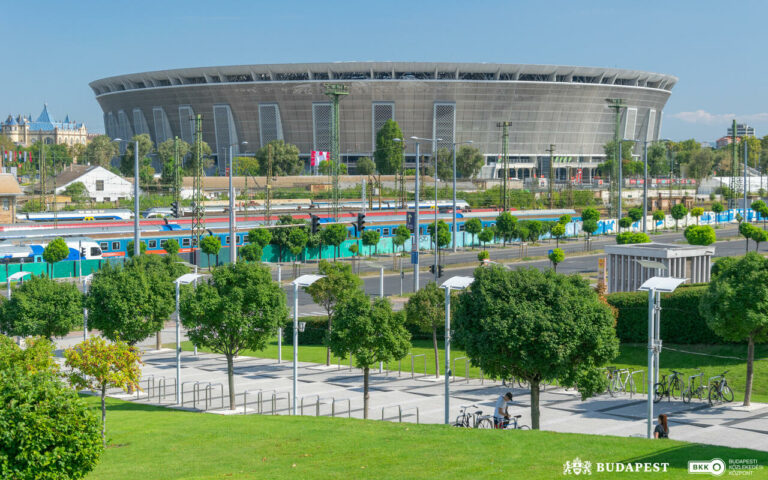
Brand new trams began serving passengers in Budapest today
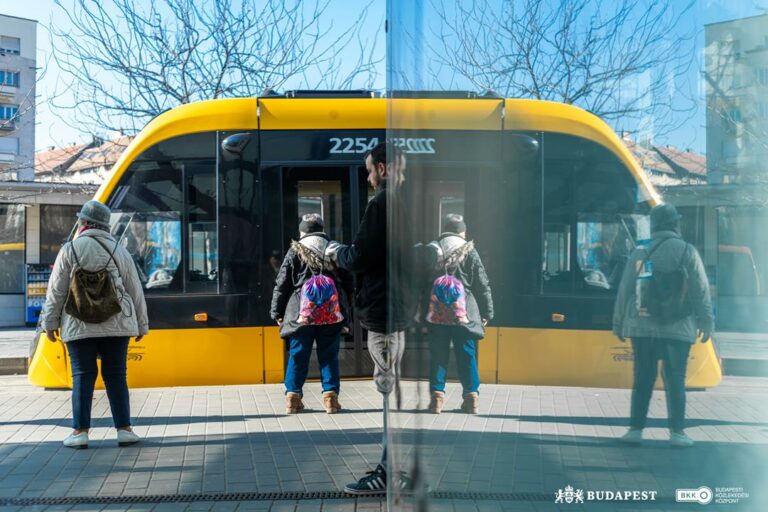
Budapest’s popular car-free promenade reopens to pedestrians
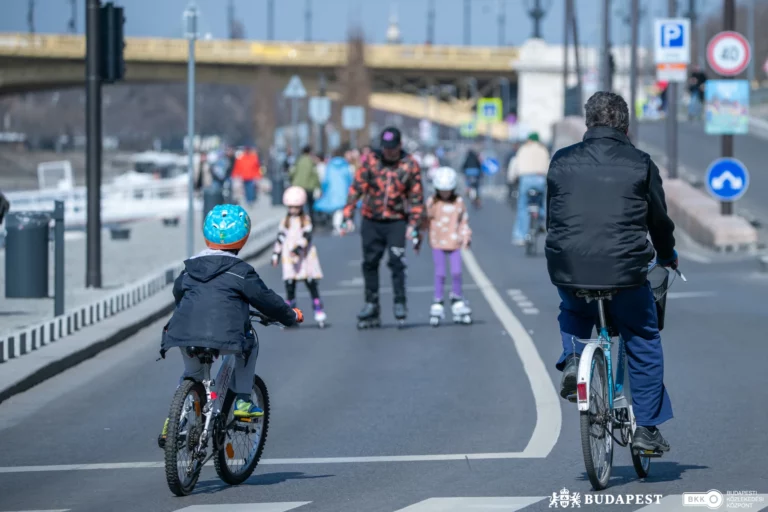
Budapest’s public transport faces potential significant price hikes
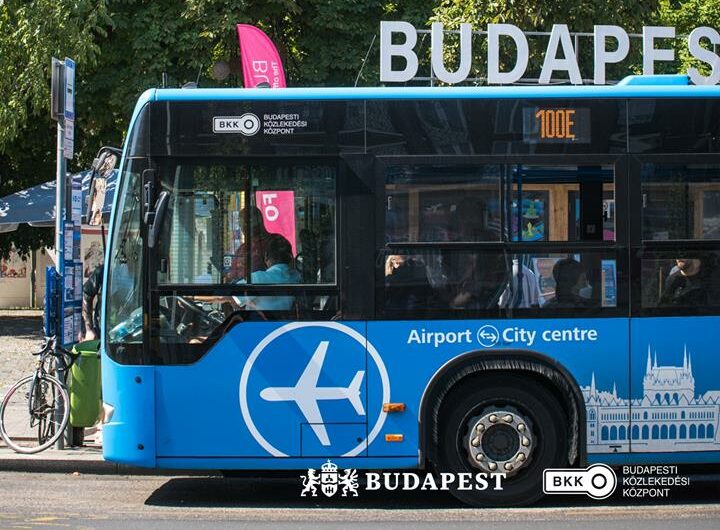
Budapest’s iconic metro line faces urgent train replacement, but funding remains uncertain
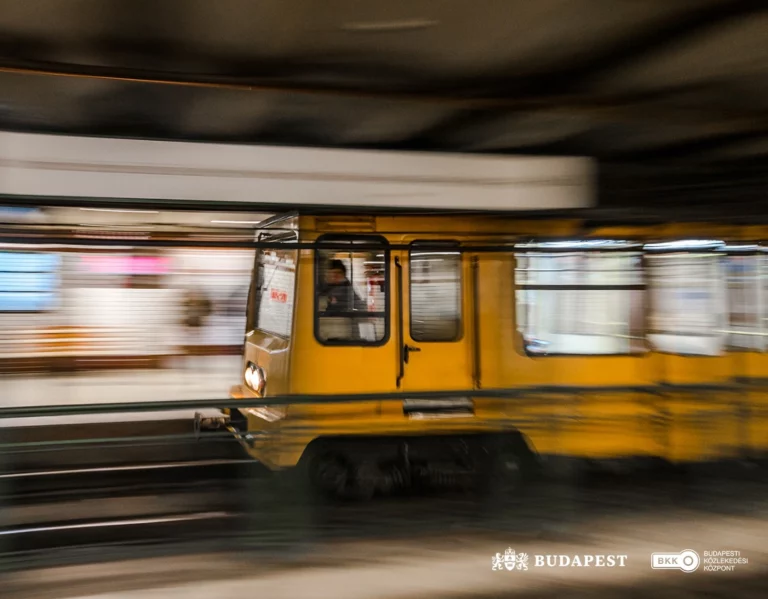
VIDEO: Shocking bus-tram collision in Budapest, several passengers injured
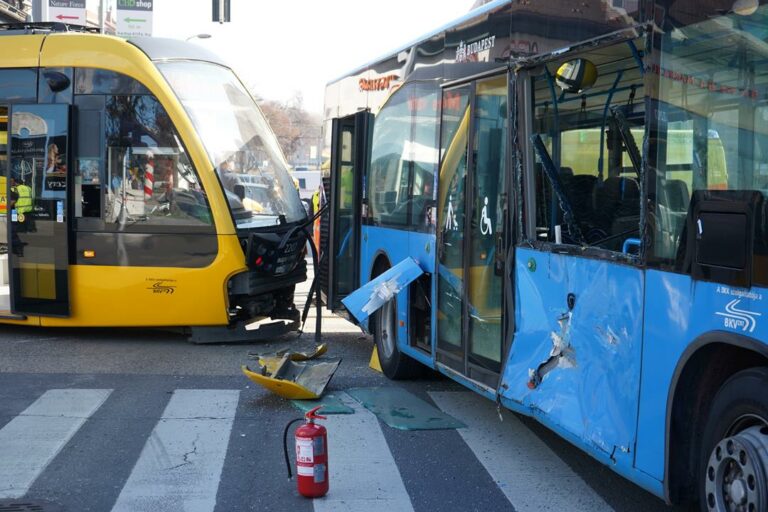
New combination tickets announced for iconic Budapest attractions!
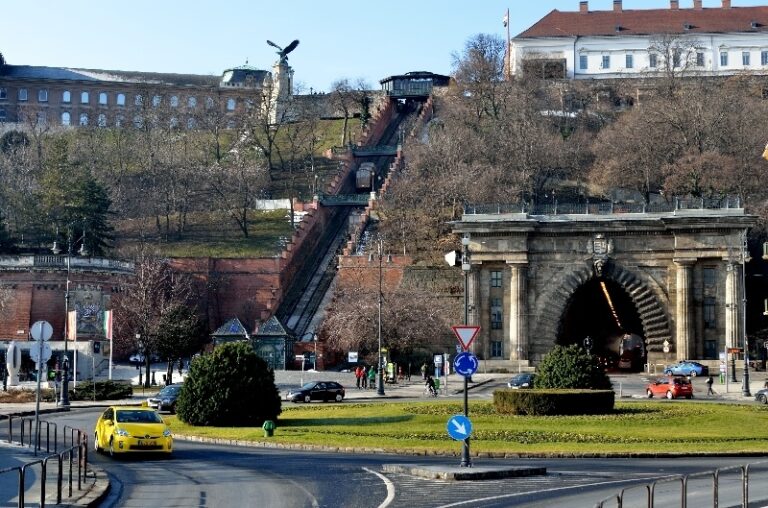
Talks on developing Budapest’s iconic Metro line 1 start

New Budapest Mercedes buses come with phone chargers and other innovations
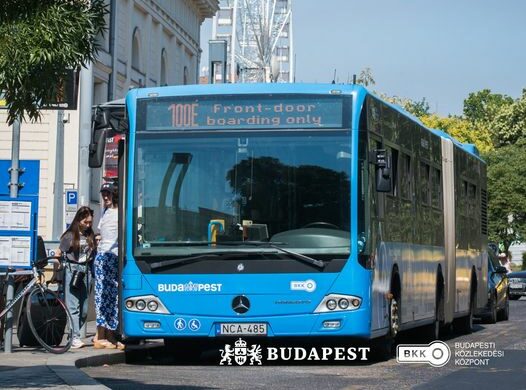
Budapest’s new metro buses to make public transport more expensive
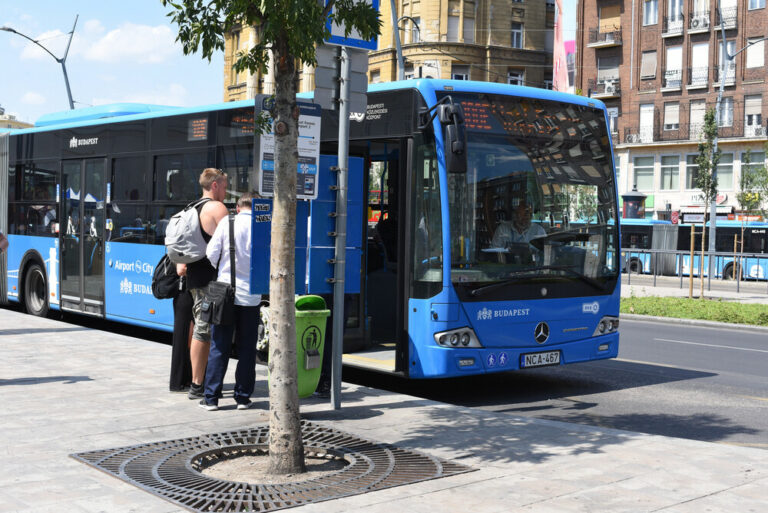
New statement issued on the on-site baking ban in Budapest underpasses

Hot food is banned in Budapest’s subways: no more lángos, chimney cake and sausages




